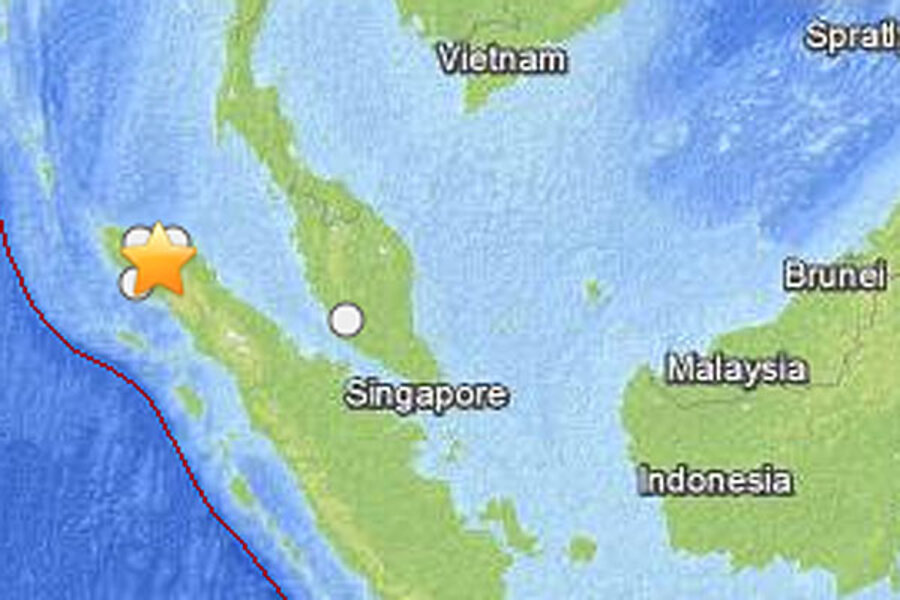Sumatra earthquake: Magnitude 6.1 leaves six dead
Loading...
| Banda Aceh, Indonesia
UPDATED 4:15 p.m. EDT
A strong earthquake struck Indonesia's Aceh province on Tuesday, killing at least six people and injuring more than 200 others, officials said. More than 300 houses and buildings were damaged across the province.
The magnitude-6.1 quake struck at a depth of just 10 kilometers (6 miles) and was centered 55 kilometers (34 miles) west of the town of Bireun on the western tip of Sumatra island, the U.S. Geological Survey said.
Five people were killed and 70 others were injured by a landslide or collapsing buildings in Bener Meriah, the worst-hit area, said Sutopo Purwo Nugroho of the National Disaster Mitigation Agency. He said two people were still missing in the landslide.
Another person was killed and 140 injured in neighboring Central Aceh district, Nugroho said.
At least 25 of the injured in Bener Meriah were hospitalized in intensive care, deputy district chief Rusli M. Saleh said.
"We are now concentrating on searching for people who may be trapped under the rubble," Saleh said. More than 100 houses and buildings were damaged in the district, he said.
"I see many houses were damaged and their roofs fell onto some people," said Bensu Elianita, a 22-year-old resident of Bukit Sama village in Central Aceh district. "Many people were injured, but it is difficult to evacuate them due to traffic jams."
She said people in the village ran out of their homes in panic and screamed for help. At least two houses were totally flattened, she said, adding that the quake also caused a power failure in the village.
The quake also caused concern among officials attending a meeting of the Asia Pacific Economic Cooperation forum in Medan, the capital of neighboring North Sumatra province. They were escorted from the second-floor meeting room by security officers.
Indonesia is prone to seismic upheaval due to its location on the Pacific Ring of Fire, an arc of volcanoes and fault lines encircling the Pacific Ocean.
In 2004, a huge earthquake off Aceh triggered a tsunami that killed 230,000 people across Asia.
Copyright 2013 The Associated Press.







